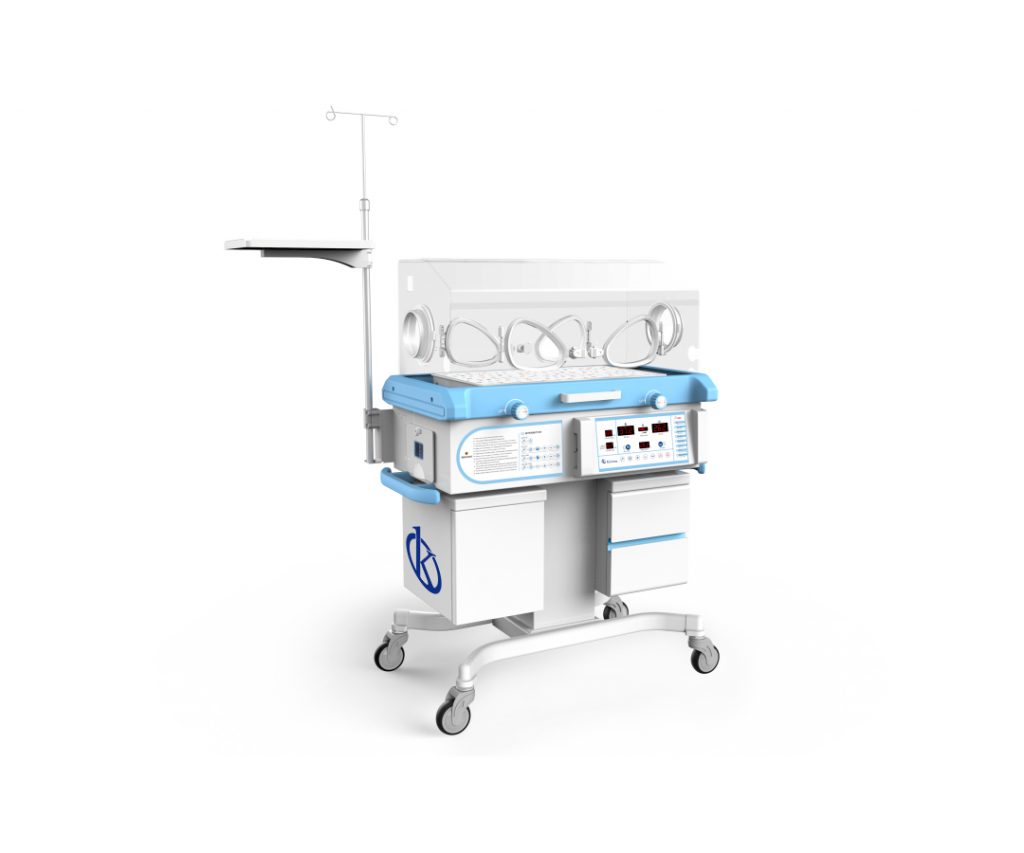The newborn should be guaranteed initial care, to avoid disease risks and reduce the possibility of dying, so the newborn should receive optimal transitional treatment due to changes in the environment, vital needs must be met, because of this requires a series of procedures to comply and a variety of equipment that must be present in a maternity ward.
First, the care of the newborn presents four moments in the first hours of life, which conclude: Immediate care at birth, during the transition period, after completing 6 to 24 hours, before being discharged together with the mother, for this reason it is necessary to have a specialized medical team and a hospital area with the material and functional equipment to offer an environment suitable for these care.
Immediate care for the newborn
- At the immediate moment of birth, medical personnel must aspirate the mouth and nose of the newborn, for this uses a suction and suction knob, this helps the baby to breathe, then wipes the face of the remains of blood, amniotic fluid and sucks the mouth again to clear the airways of any secretion that is obstructing the airway; if he drinks and does not breathe in the first minute, resuscitation maneuvers must be performed.
- Umbilical cord clamping, cutting and ligation: the clip is placed on the umbilical condom about 5 cm from the baby’s abdomen, and then cuts the cord between them. The ligation is made with sterilized cotton or linen ribbon and 2 or 3 cm from the abdominal insertion of the newborn.
- Prevention of temperature loss: It is important to maintain the body temperature of the newborn, due to the changes that suffer in the decreases of the body temperature, can develop problems of metabolic type.
First studies of the newborn at birth
- APGAR rating: Assessment of APGAR at the first minute of birth and at the 5 minutes it evaluates: Activity: muscle tone, pulse: heart rate, G: Reflections: Reflective irritability, A: Aspect: skin color, R: Breathing.
- Review Silverman: esophageal and anal permeability should be verified in less than one minute.
- Make the corresponding notes on the identification or nursing sheet, and identify the baby with the mother’s data, according to the institution’s rules.
- On the baby’s ID card, take the fingerprint of both feet and the thumbprint of the mother’s right hand.
Body-to-body contact with the mother
Given the initial care of the newborn, it is important to contact the skin of the mother’s chest or abdomen, first to help keep the baby warm, followed to psychologically stimulate both to know, touch and is beneficial, since the newborn absorbs the cutaneous bacteria of the mother and not of the hospital medical team.
Another important aspect is to provide stimulation to breastfeeding during the first hour of birth, this in order to promote breastfeeding and help contract the uterus and reduce blood loss postpartum, this moment of contact and breastfeeding for the first time depends on whether he is ready to receive his first food that normally occurs 30 minutes after birth.
Mediated procedures to the newborn when there is an anomaly
After the first minutes of life, and after the initial assistance, several processes are carried out according to the rules of the hospital and the condition of newborn, it is started with the prevention of the hemorrhagic syndrome of the newborn, for this an intramuscular injection of 1 mg (0.1ml) of vitamin K is used, to prevent neonatal conjunctivitis put a few drops of silver nitrate to 1%, or some ophthalmic antibiotic or an antibiotic ointment in the eyes to prevent conjunctivitis.
Monitoring and control should be carried out in the first hours of life of the newborn, as follows: Measurement every half hour or every hour of temperature, is indispensable for (more than to estimate this data, the first shot is made to check if there is anus permeability or if there are no other birth defects), heart rate, respiratory, color, tone and activity In the first hours of life there are variations that can be very important for the health of the baby.
Medical equipment used in a delivery room and in newborn care
- The labor table.
- The OB/GYN seat.
- The table and the instruments, such as: tweezers, scalpel, scissors for episiotomy, gauze and antiseptics, among others.
- The monitoring equipment: fetal monitoring device.
- Chairs and closets.
- The pool.
- The watch.
- Radiant crib.
- Phototherapy incubator.
- Tracheotomy cannula.
- Nasal cannula.
- Tent or oxygen hood.
- Umbilical catheter.
- Urinary catheter.
- Incubator.
- Cooling blanket or cap.
- Cardiopulmonary monitor.
- Apnea monitor.
- Blood pressure monitor.
- Extracorporeal membrane oxygenation.
- Pulse oximeter.
If you want to purchase any of these equipment for immediate care in a newborn, please be aware to contact the best, this service we can offer you through our online channels and at the best price in the market, also if you want to know the catalog of high-end products that in KALSTEIN we have for you visit us HERE we assure you that through our online shopping channels that are very easy and viable from anywhere in the world, reminding them that we are Company manufacturer of Laboratory Equipment of high level sale.

